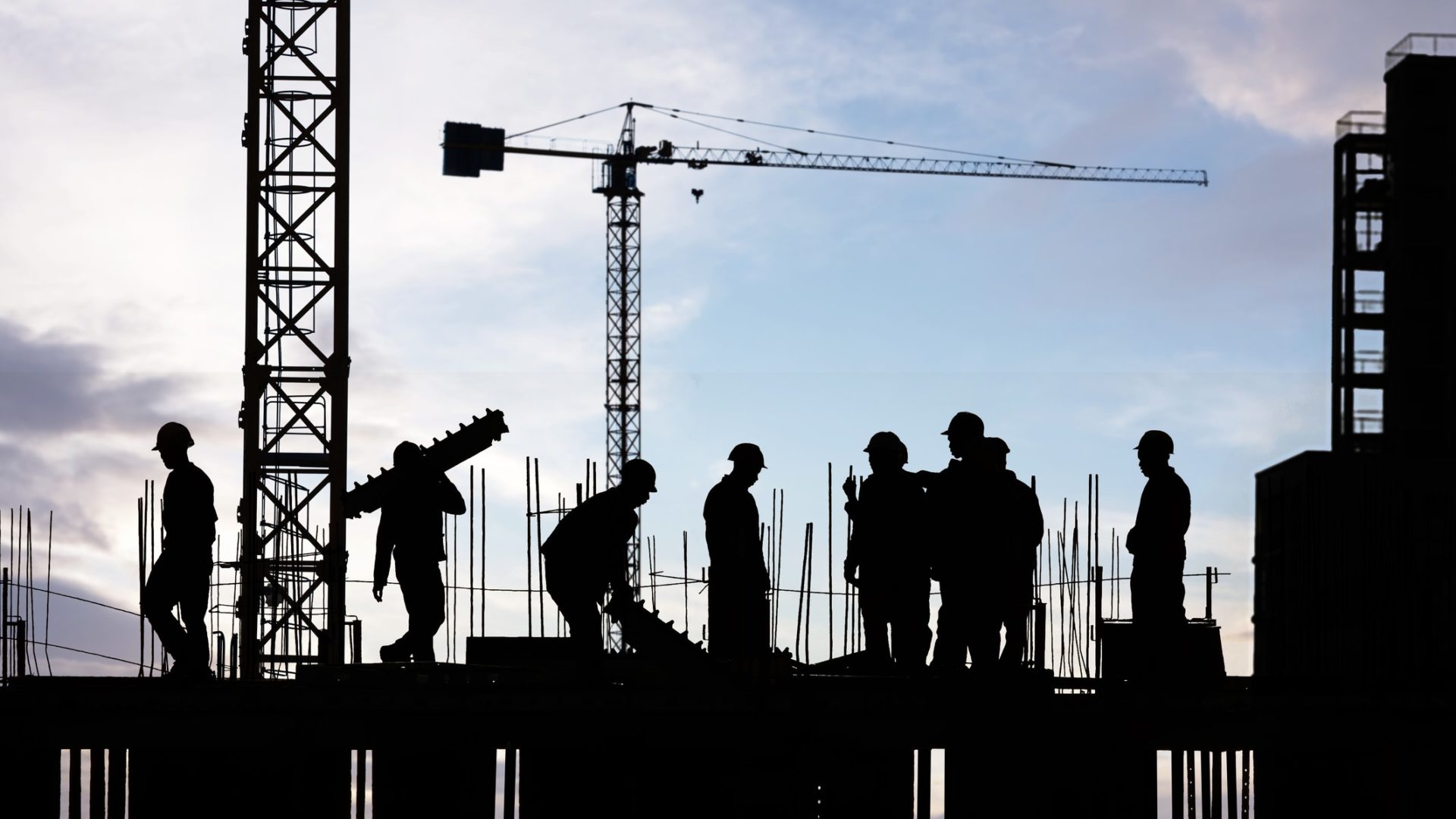
Construction and safety bodies have welcomed the long-awaited publication of the Building Safety Bill today (5 July), paving the way for sweeping reforms in the way in which the sector is regulated.
Housing secretary Robert Jenrick announced the move earlier today, with the Bill set to become law later this year.
The Bill will establish a new Building Safety Regulator, as well as including new measures such as a series of gateways at the design, construction and operation phases, to ensure that safety is considered at each stage.
It will also extend the time limit for homeowners to seek compensation for poor work from six years to 15 years.
Caroline Gumble, chief executive of the Chartered Institute of Building (CIOB):
“We are pleased the government has published its Building Safety Bill, taking forward fundamental reform of the building safety system and addressing the issues identified by Dame Judith Hackitt’s independent review.
“CIOB is keen to see whether the government has addressed concerns outlined by the Housing, Communities and Local Government Select Committee in their pre-legislative scrutiny of the Bill, published in November 2020. The Government has yet to respond to this report and we hope the Bill will address the issues raised by the Committee, including our concerns on accreditation, qualifications, insurance and timescales and resourcing.
“Additionally, much of the detail will be in secondary legislation. This will require significant consultation with industry to ensure that the Bill is practical and provides a robust building safety system for all.
“The policy and public affairs team will be examining the Bill and will shortly publish an analysis and their reflections.”
Jonathan Moulam, president of the Association for Project Safety (APS):
“The Association for Project Safety (APS) believes safety comes first – before the first drawing is produced or brick is laid. Today’s long-awaited publication of the Building Safety Bill offers the opportunity to reset building safety in England by designing safety in and appointing a safety expert to every team when projects are being developed.
“APS members believe everyone should have the right and expectation to work and live in buildings that are safe. Firms that have failed in their duty to guard the safety of residents and workers should play their part in putting things right. But safety cannot be an afterthought. And it is a collective effort. Everyone in construction – designers, construction workers, clients, government and regulators, at every stage of life of a building – must work together using all our skills and experience to make construction safer for everyone.
“Members of the APS – experts in design health & safety risk management – are committed to making construction safer and will work constructively with our industry partners, government and the HSE to ensure the Building Safety Bill delivers buildings and structures that are safe for us all.”
Rebecca Rees, partner, Trowers & Hamlins:
“The Building Safety Bill published today is a dense and technical piece of legislation. It deserves detailed scrutiny but quite clearly the pre-legislative plea for more detail has been heard: resulting in an additional 27 clauses. In fact, it is clear that MHCLG has been in listening mode with lots of additional detail included to tease out the challenges created by complex ownership structures, multi-tenure buildings and the hot potato question of ‘who pays’.
“Alongside the previous provisions on the establishment of a new Building Safety Regulator, New Homes Ombudsman and Resident Engagement Panel, further detail has also been included in: the definition of a higher risk building (including what it means for one to be “occupied”), there is now a ‘principal’ accountable person, extensive competency provisions and the ability for a special measures order where management is not up to scratch.”
Scott Steedman, director-general, standards, BSI:
“We welcome the new measures set out in the government’s Building Safety Bill. The Bill provides a new regulatory framework that will steer the improvement of practices in the design, construction and building management sector, particularly in relation to safeguarding the safety of residents in high-rise residential properties.
“BSI is working closely with the Ministry for Housing, Communities and Local Government (MHCLG) and the new Building Safety Regulator to support the implementation of the Bill in our role as the UK National Standards Body. Our Built Environment Competence Standards programme, launched last year, will support the new legislation, along with the industry training and qualification schemes that will follow and provide a basis for third party accreditation of building safety competence at all levels and across all roles, functions, tasks and activities. We will be publishing specific standards aimed at the competence requirements of the three key roles regulated under the Building Safety Bill, which are those of Principal Designer, Principal Contractor and Building Safety Manager.
“Over time we expect that the combination of the new Bill and the competence standards will bring a much needed change of culture to the entire Built Environment sector and long term benefits to the public, living and working in buildings, to the workers in the sector and to the building owners.”










